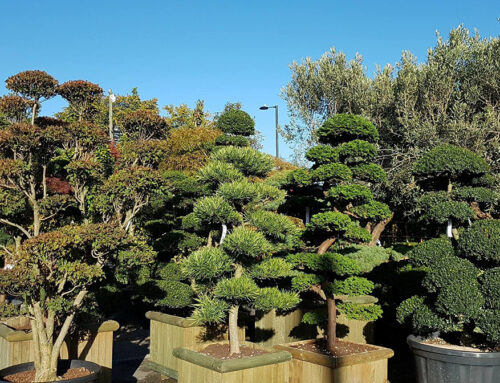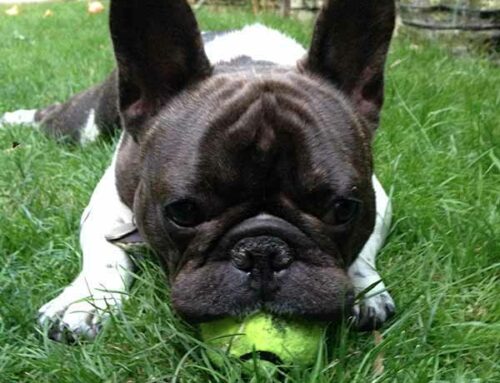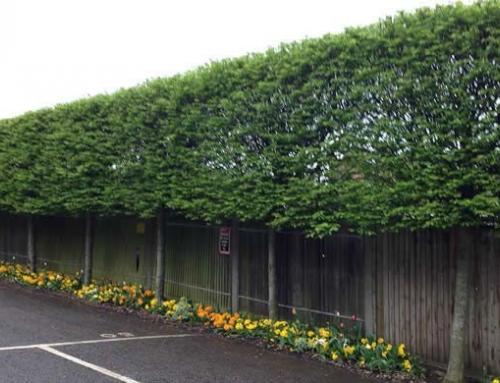As garden experts, we are very often asked how to plant root ball plants properly. So, here are the steps that a professional nurseryman would take to ensure the most successful rate of establishment for root balls and bare root plants. And in our short video, you can watch our nurseryman in action as he shows you how to plant root ball plants.
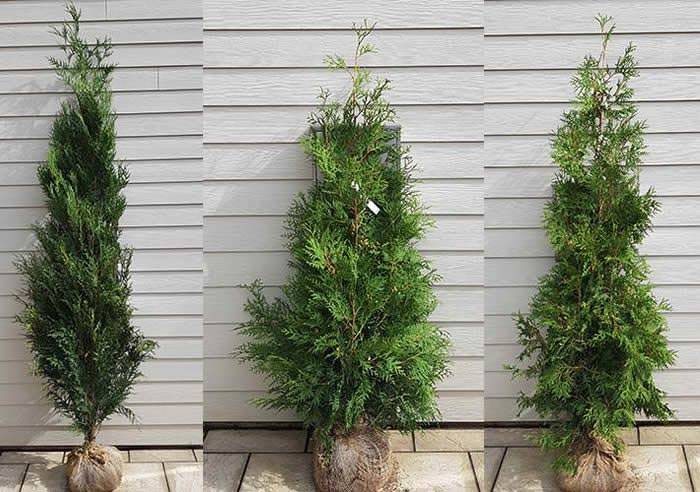
These budget-friendly Thuja root ball plants make a fantastic instant hedge. Choose between favourite varieties such as Smaragd, Brabant, Plicata and many others.
But, before you learn how to plant root ball plants, find out what makes them different from containerised trees.
Difference Between Root Balled and Potted Trees
The nurseryman plants and grows the root ball plants in the open ground of a field. This is the main difference to a potted tree or shrub, which grows in a large container. Through the years the nurseryman waters, trims and feeds the plants as he would have if they were planted in pots. Just think about how restricted space is for the roots of a plant to really develop in a pot. You’re never going to really get as bushy a plant in as short a time as you will by growing the plant in the open ground.
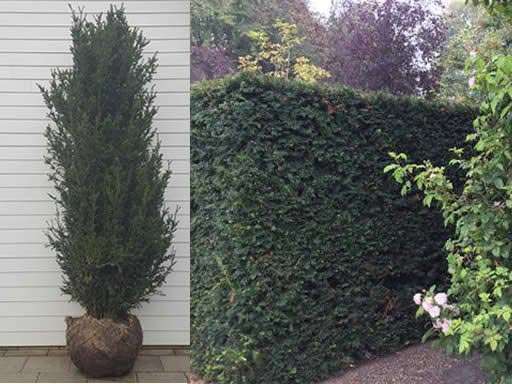
The fact that root ball plants are grown in an open field contributes to their fast growth and bushy habit. This is why rootballs are a good choice for instant hedging- such as the Yew root ball plant pictured above.
Thus root ball plants are normally bushier and because they grow faster than in a pot they are also cheaper than the same age plants that have been grown in pots. It costs a lot less to produce a field grown plant than it does to produce the same amount of plants in pots mainly because of the faster growth rates and lower labour involved to produce them. As they are much more cost-effective for the nurseryman to produce, root balled plants are the cheapest option for hedging.
How to Plant Root Ball Plants: Step by Step Explanation
So how would a professional grower transplant root ball and bare root trees and plants?
We recommend, whenever possible, that you dig a long trench a third wider than the root ball and the same depth as the root ball.
If you are going to plant a hedge this usually ends up giving the new roots more space to spread those early baby roots that are so important.
If you are planting a tree, then the hole should be at least a third wider and the same depth as the root ball tree or shrub.
After you have dug the trench and lined up the plants so they all look to your liking, it is time to fill the trench back in. Use the original soil you have already dug out and mix it with a bit of compost. A good rule of thumb is to add a couple of shovels for every plant. Make sure that you have not buried the stems of the plant, and that you just covered the root ball with the soil.
Once everything is nicely covered with soil and in its place, water well and soak thoroughly.
How to Care for Root Ball Trees and Shrubs After Planting
Once planted and watered do you have to do anything else?
Any professional nurseryman would never dream of planting a new crop of plants in the nursery without giving them a trim at the planting stage. This first trim is essential for many reasons but for root balls is a major factor in the successful establishment of your plants.
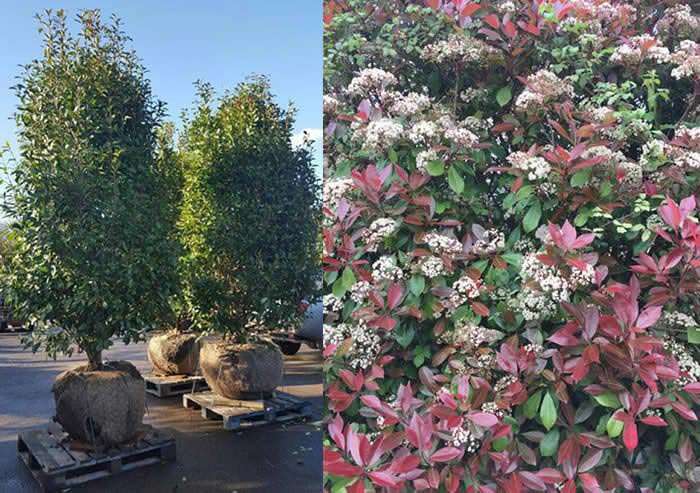
Photinia root ball hedging is an ideal solution if you want to add colour to the landscape without breaking the bank.
We recommend trimming the new plants as soon as they are planted. The newly dug plants have a lot less stress to deal with if you can remove at least a third of the foliage from the top. Removing a good percentage of the foliage balances out the root to shoot ratio. As the plants were dug out of the field, they would have had quite a lot of root removed. If the plant still has the same amount of foliage to support, but fewer roots to support it with, this can cause stress to the plant.
So, in summary we recommend that you take a balanced approach to the pruning of the plants. We would remove about one-third of the existing height of the plant and trim back hard any lateral shots that are long and leggy.
Once you have successfully transplanted the root balled tree or plant, make sure that is well hydrated. Until the plant is fully established, the most important step in its care will be watering it thoroughly. This helps the root system get much-needed moisture so it can continue its good growth in new soil.
At Paramount Plants & Gardens, during the root ball season, we offer a vast selection of affordable root ball plants, very often with special deals when you bulk buy. The root ball season tends to be during the colder months of the year so that the plants can be lifted from the ground while the roots are dormant. As a general rule, this is generally between October and March.

